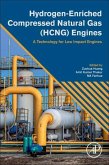
Broschiertes Buch
A Technology for Low Impact Engines
1. Mai 2023
Elsevier Science
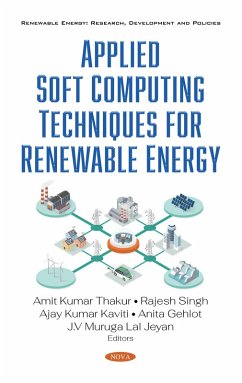
eBook, PDF
24. Juli 2020
Nova Science Publishers Inc
Ähnliche Artikel
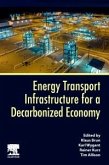
Broschiertes Buch
23. August 2024
Elsevier Science
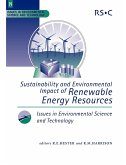
Broschiertes Buch
30. April 2003
RSC Publishing
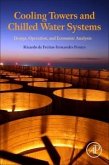
Broschiertes Buch
Design, Operation, and Economic Analysis
17. Oktober 2024
Elsevier Science
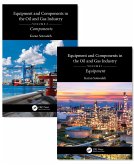
Broschiertes Buch
A Two Volume Set
3. Mai 2024
Taylor & Francis Ltd
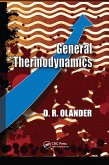
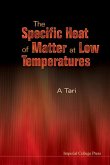
Broschiertes Buch
13. August 2003
Imperial College Press
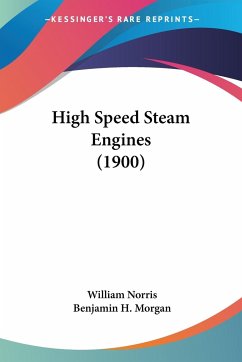
17,99 €
Versandfertig in 1-2 Wochen
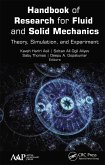
Broschiertes Buch
Theory, Simulation, and Experiment
31. März 2021
Apple Academic Press
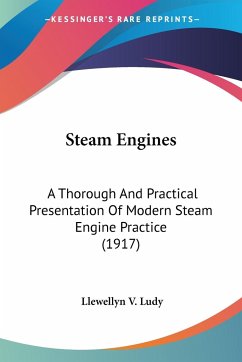
20,99 €
Versandfertig in 1-2 Wochen
Broschiertes Buch
A Thorough And Practical Presentation Of Modern Steam Engine Practice (1917)
1. Oktober 2008
Kessinger Publishing, LLC
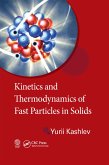
Broschiertes Buch
19. September 2019
Taylor & Francis Ltd (Sales)
Ähnlichkeitssuche: Fact®Finder von OMIKRON
